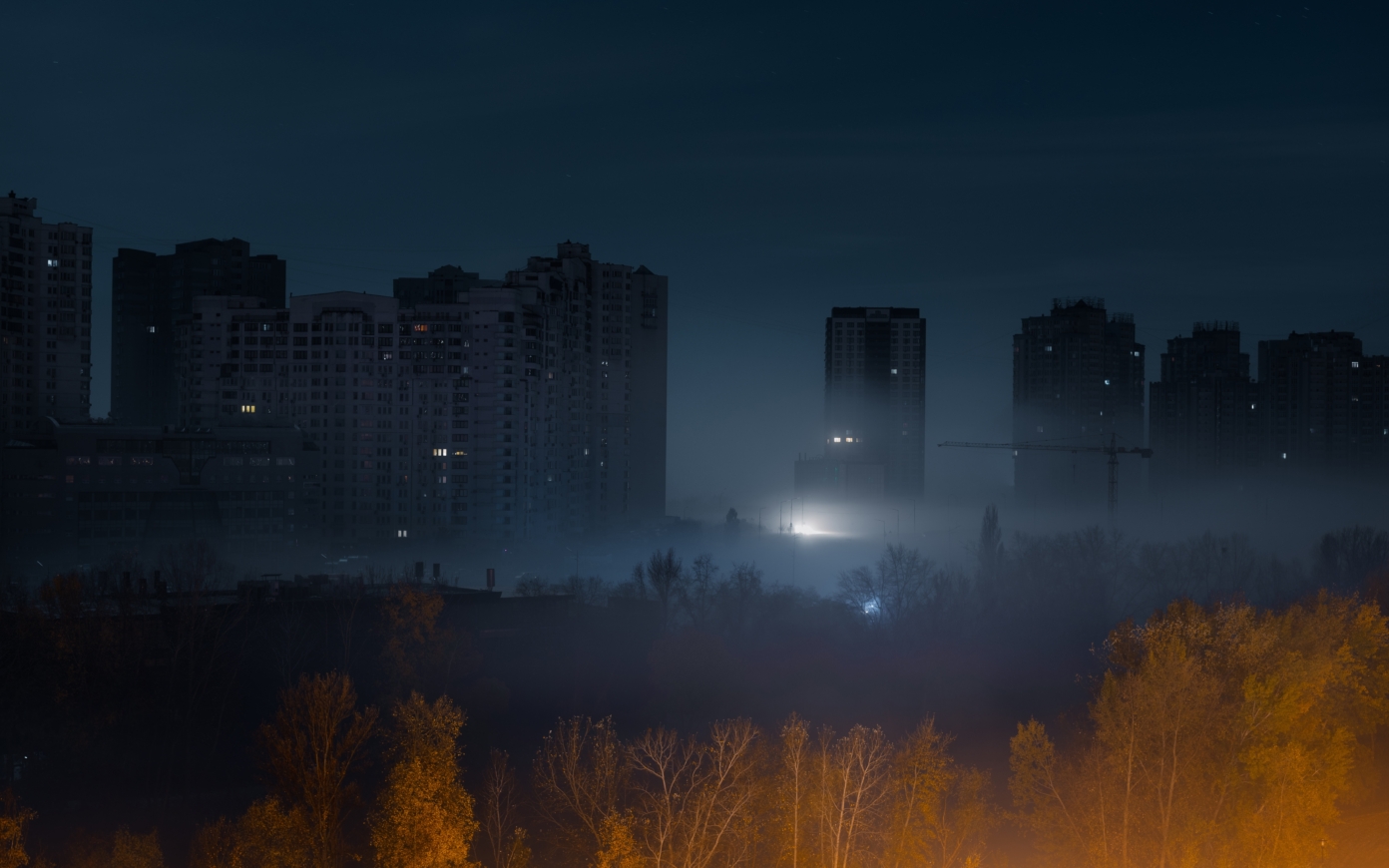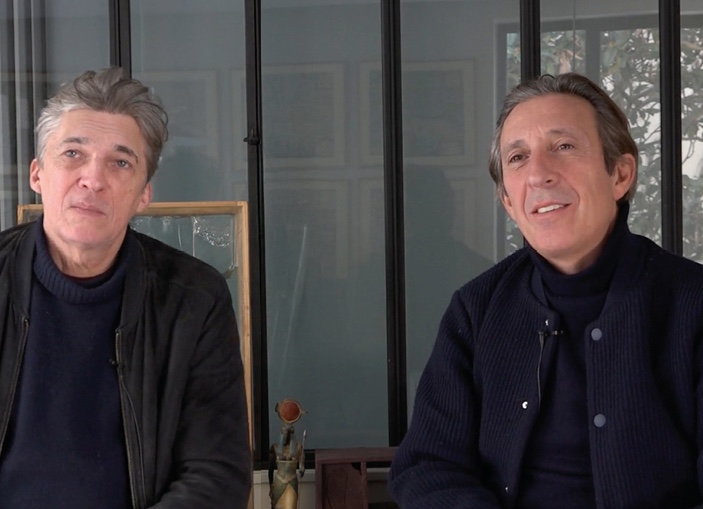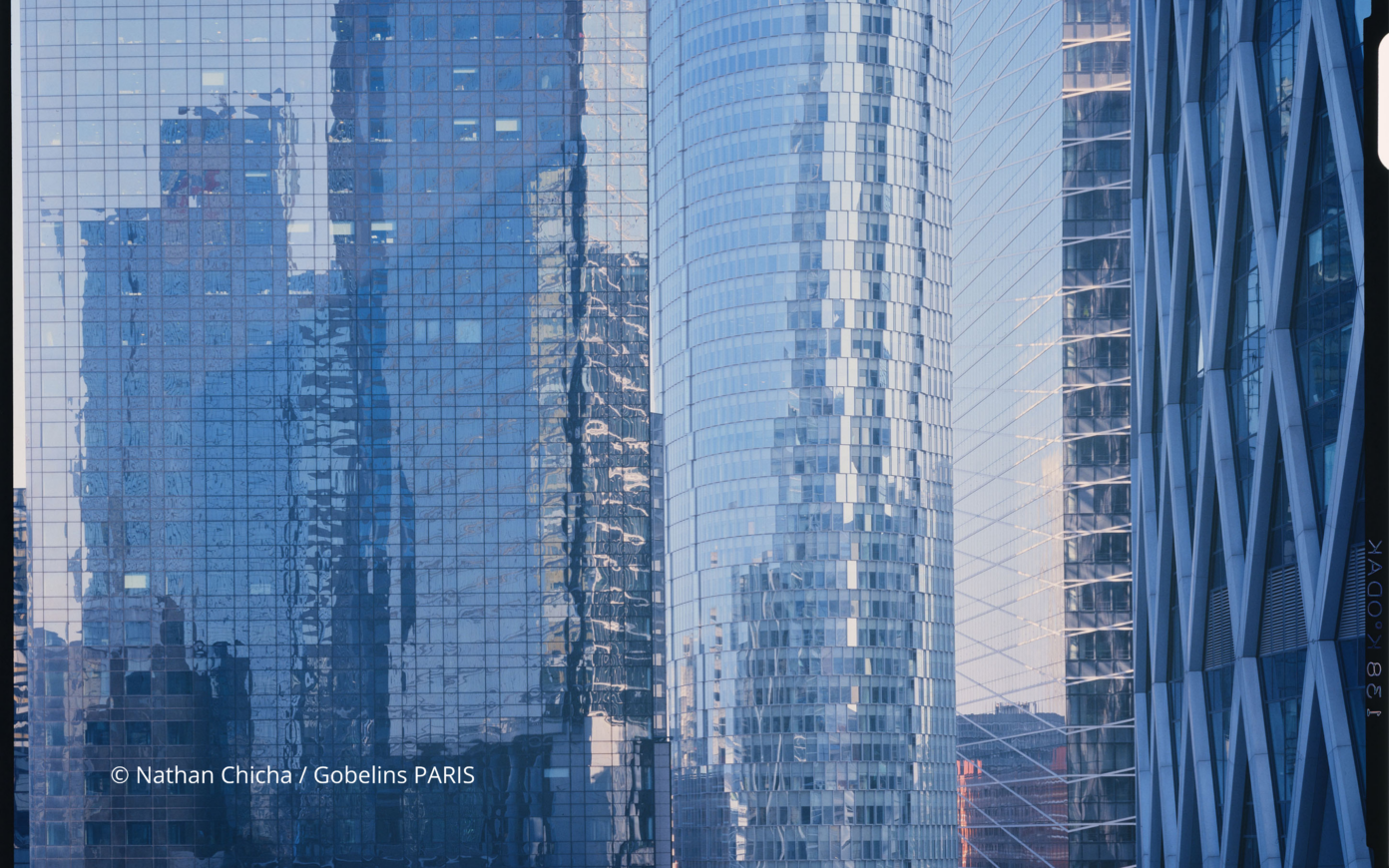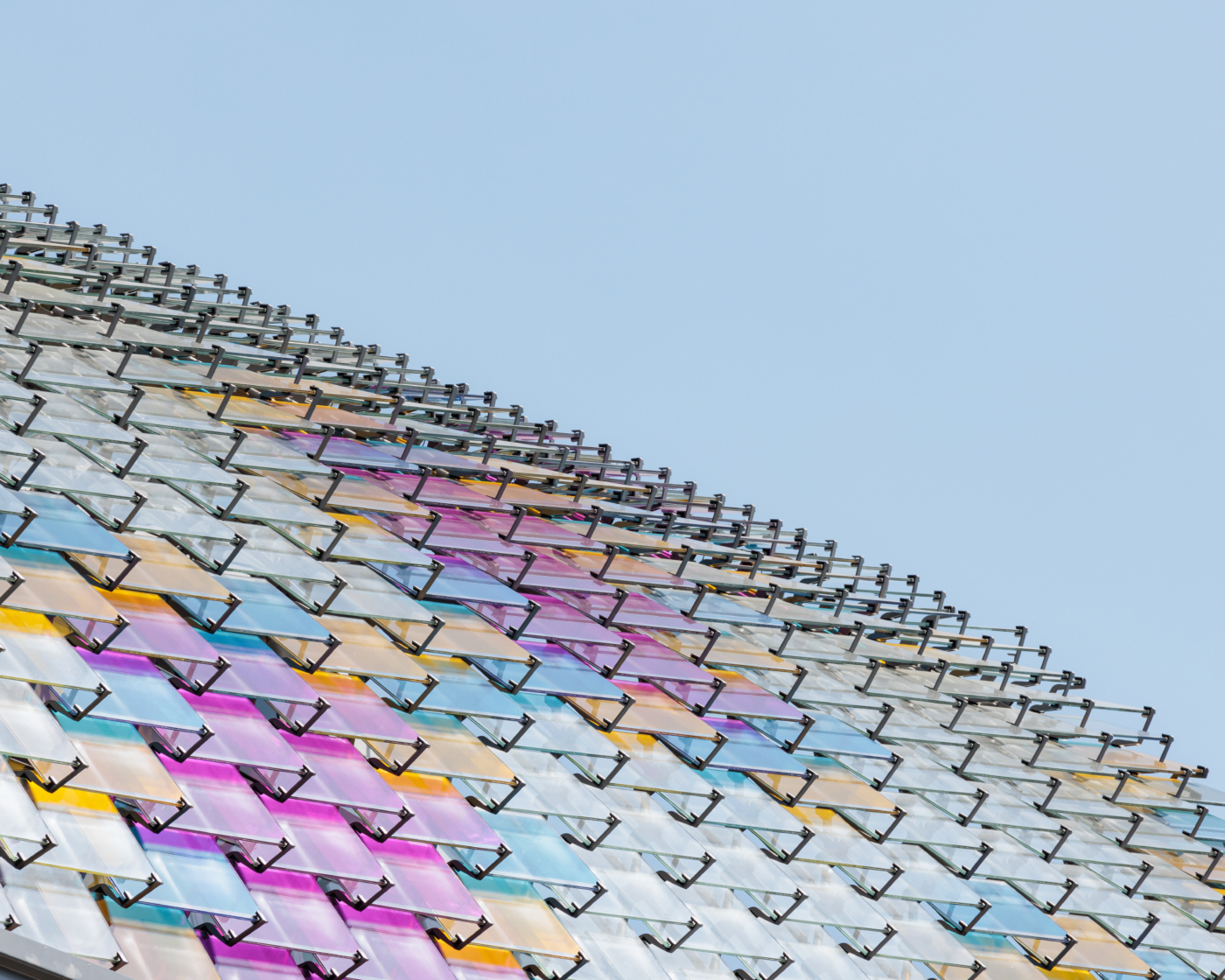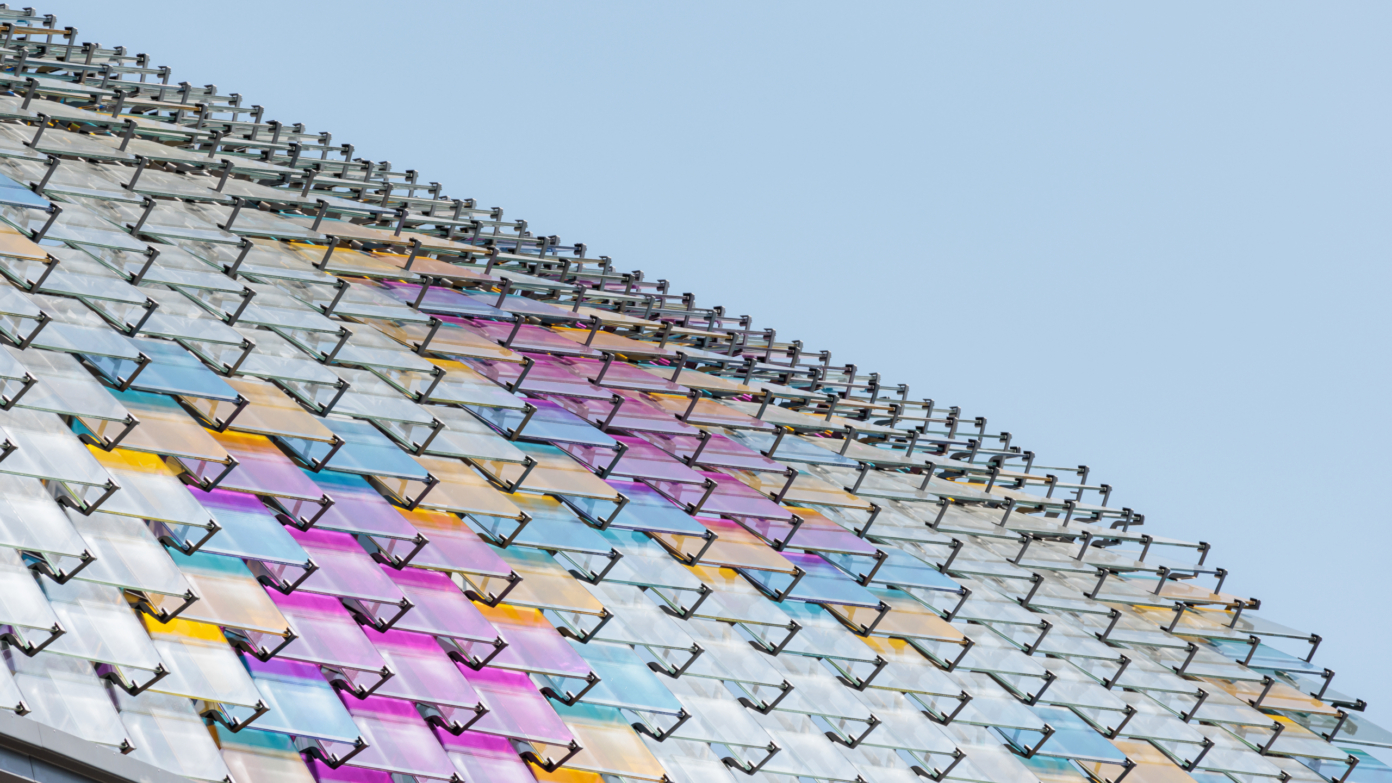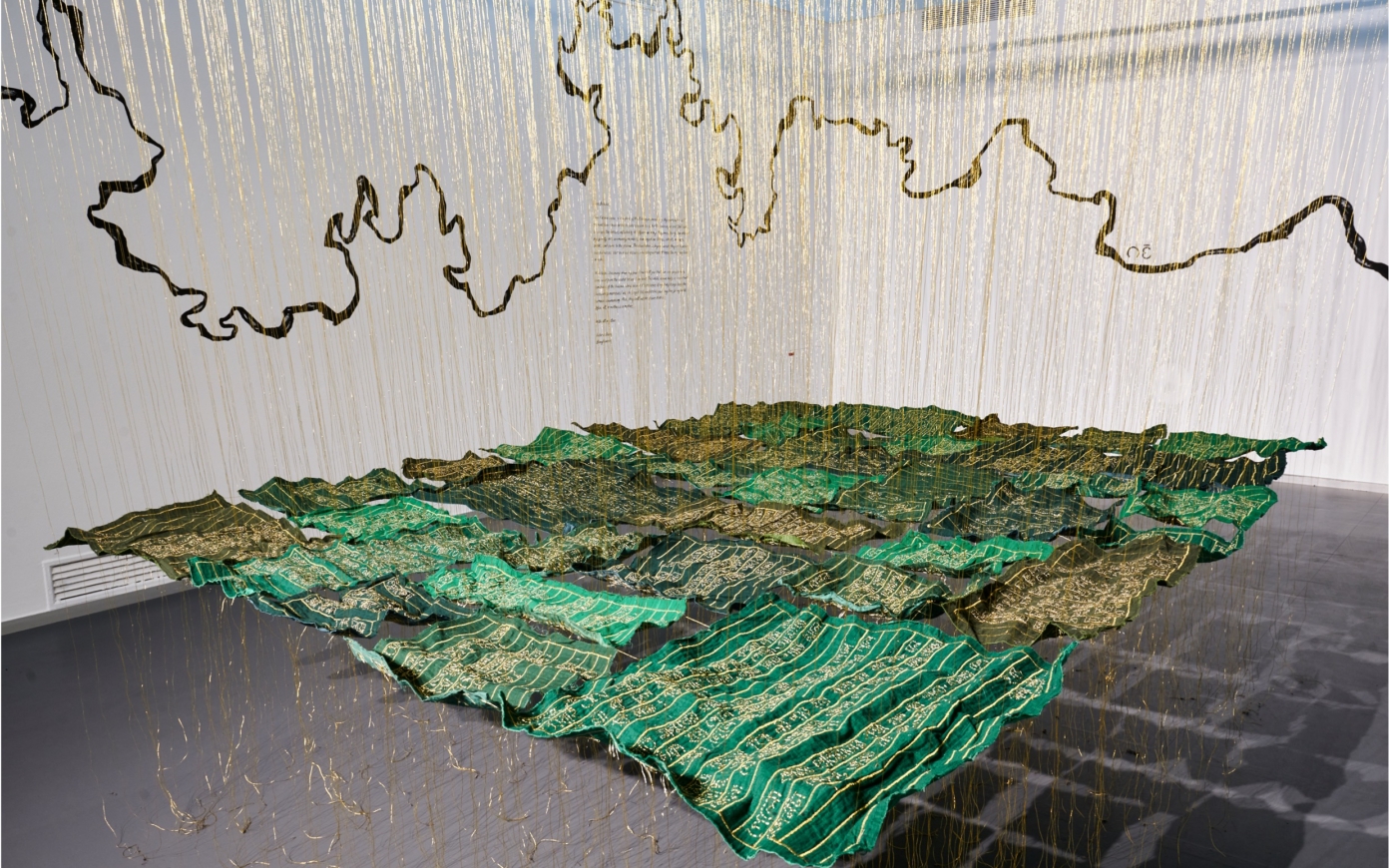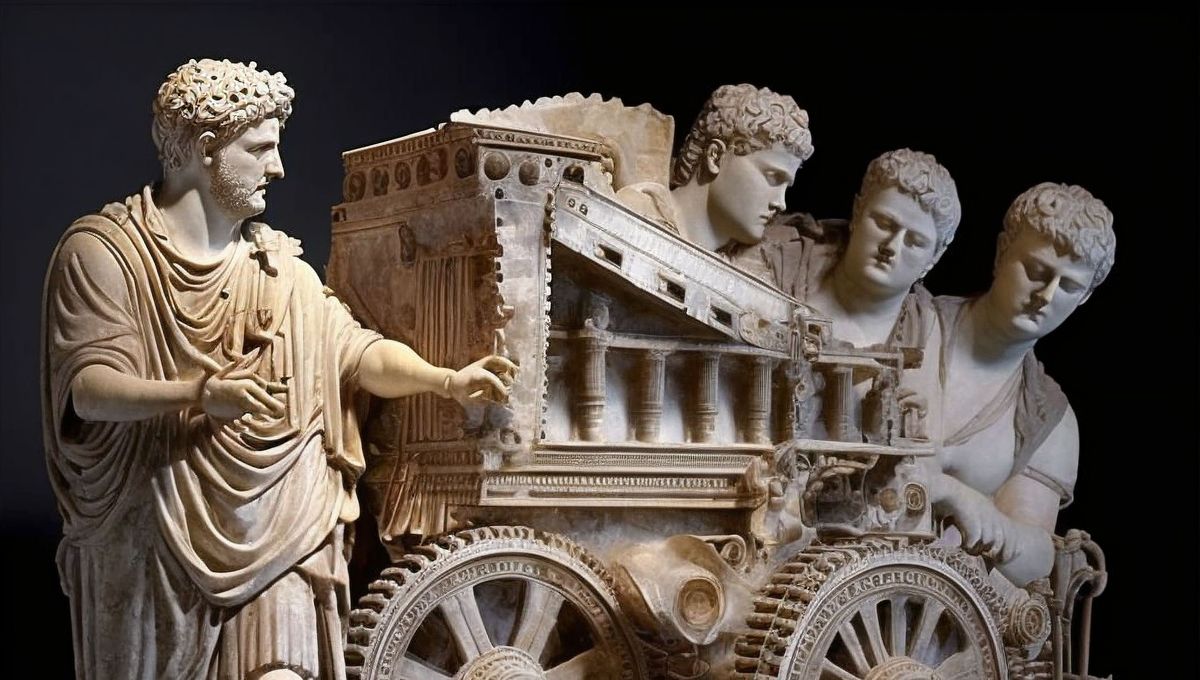Rethinking Urban Spaces through Gender Mainstreaming

- Publish On 7 October 2021
- Leslie Kern
The city of the future will be more sustainable, leveraging technology and nature, but it must also be more inclusive, which entails conducting efforts to engage in reflexivity regarding the making of the city. For feminist geographer Leslie Kern, the urban environment is not neutral. It was set up to support standards and power relations and was long operated by white men from the upper classes. She invites us to examine a broader spectrum of needs of city dwellers and to reintroduce embodied reality into urban design. This results in tangible spatial interventions, for instance, on lighting and walkways, but also on social issues, around mixed use and taking into account marginalized voices in the decision-making processes.
As a geographer and the author of Feminist City, could you describe your vision of a ‘feminist geography’?
Feminist geography is a way of looking at both the natural and the human-made environments around us, and trying to understand how historical and contemporary ideas about gender have shaped those spaces with the basic understanding that they reflect the values and norms and biases of the society that built them. If gender norms and biases are part of a society, chances are they’re going to be reflected in the built environment. Feminist geography is a therefore a way of exploring the city through a gendered lens, and also trying to understand how power works through the spaces that we build and live in.
Your book, Feminist City, is informed not only by your academic research, but by your own personal experience. Is this a way of challenging your own perspective, and inviting reflexivity into your thinking?
One of the critiques of city planning and policy making is that they have long been dominated by men, usually upper-class white men, whose own experiences might not reflect the needs of the wide variety of city dwellers. So reflexivity is really key, and has long been a part of feminist research and theory. The idea is that we need to be thinking critically about our own positions, about the power and privileges that we have, and expanding our perspectives to take into account a wider variety of people’s needs. There are different ways to do so, for instance including a more diverse group of people in those professions, but also just by listening to communities, and paying attention to the voices that are typically not heard within the walls of City Hall.
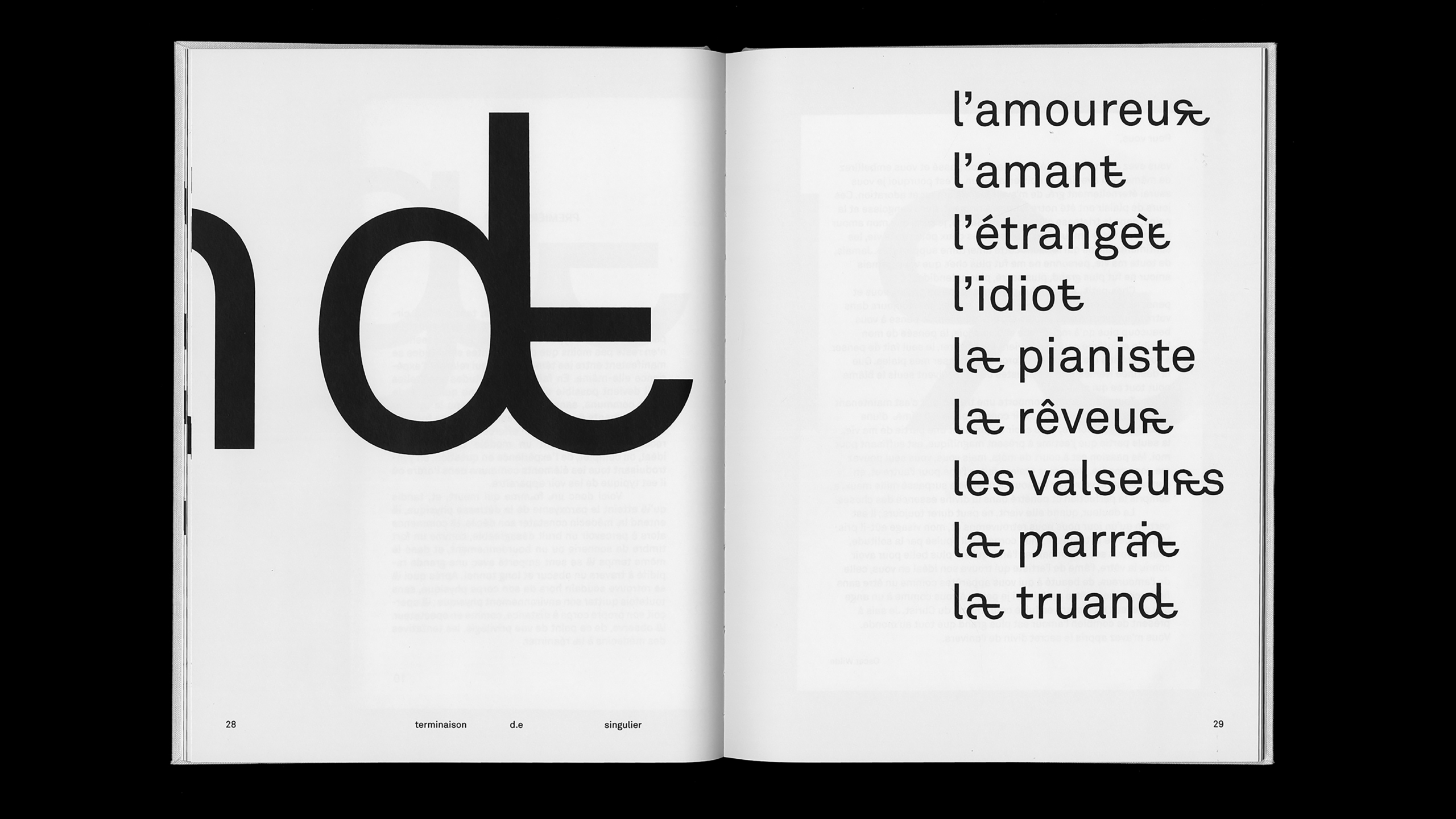
One interesting consequence of using personal experiences is that it brings back the physical experience of cities. Was it a way for you to remind yourself that urban planning is never pure theory?
The fact that people have a physical body is indeed often neglected in planning, architecture, and mobility politics. Many cities, especially here in North America, have become so car-centered that they seem only concerned by motorized traffic, while the very everyday embodied reality of people moving through the city is secondary or an afterthought. A whole lot of basic questions are neglected—Are there public toilets? Is the space accessible for somebody pushing a stroller or using a wheelchair? Are there places to sit down? Is there shade? Are there places to rest? It’s interesting that during the pandemic, when people have been trying to make use of outdoor space more for socializing, many realized that our cities have not been well designed in recent years to allow us to make use of them in that way, in part because we haven’t really been thinking about human bodies and their needs in city spaces.
Could you expand on the importance of challenging the supposed neutrality of urban space to rethink our cities?
Most of us, as we move through the city, just take the environment for granted—we don’t think a lot about who built it, why it’s built that way, or how different groups of people might use and experience it. One of my points in writing the book was to get people to see the city not as just this neutral ‘container’ where social relations play out, where the economy happens, where we move around and encounter one another, but as a space that has been set up to support certain sorts of power relations, a certain status quo across factors such as gender, class, and race. The city is a place where norms about different groups of people are built into society, and in some ways we can see this on a very surface level just by looking at who streets and buildings are named after. It’s almost always men, and almost always people from a dominant or upper-class group in society. On a more everyday level, we can look at who feels safe in the city, who feels comfortable moving through urban space, and who finds it more challenging and difficult. Those questions will clue us into how power relations have been built into the city itself.

The question of who feels safe in cities and where is a key concern of yours. Could you share with us how you came up with the concept of ‘geography of fears’?
I think if you ask any woman how she travels through the city, especially at night, the routes that she imagines herself using are not just influenced by what is the quickest or the most efficient way home, but they are also by where she feels safe or unsafe, and that might also influence the mode of transportation that she uses. Does she feel safe walking on the bus or the metro, or does she prefer to be in a taxi cab or a private car? These questions are very normal for women to think about, and men might not realize how much time and energy women spend creating this geography of safety and fear, and how it might influence everything from the neighborhood that they choose to live in to the kind of jobs that they might take, to how they move through the city. The idea behind the concept of geography of fear is to show this mental map that is very much influenced by how we as women are socialized into fear. Not that it is innate to women, or either rational or irrational, but that we from a very young age are taught to fear strangers, to fear dark alleys, and the news media tells us stories about serial killers and sensational crimes… All of these factors influence us to feel a lot of fear in urban space, even though for the most part the violence that women face is in the home from people that they know, not out on the streets of the city.

The example of domestic violence as opposed to the stereotype of the dark alley is a good reminder that building a safer and better city for women is much more than just brick and mortar, it’s linked to a wider array of social questions, from family models to power relations or work…
Absolutely. The question of care work that has come up quite a lot this past year is a good example. I think with the pandemic and the heightened urgency of care work, as well as the visibility of the disproportionate burden of that that falls to women in the home, made clear to many people that the city is primarily set up to prioritize what we call the economy—this entity out there that seems to exist without human beings, without care and health, and all of this. It hasn’t been set up to support all of the work that keeps us fed, and clean, and educated, and cared for, and healthy. A major question of the feminist city is then how to bring care work out of the private, invisible space of the family home and make it something that we share a collective responsibility for? I don’t think there’s a simple answer to that, but certainly if we look at the way that our homes are typically set up to make that work quite invisible, if we look at the way that the city is set up to make it more difficult for people to do that work, if we look at the poor wages that people are paid to do that work, we can see that it’s not been a priority for most societies.
I would love to imagine that after the pandemic, we would be thinking about our urban public spaces not just as sites where we go to the cafe or that we travel through on our way to home and work, but as places where we might gather to eat together or to make food together, as places where children would be educated together, as places where we look after the more vulnerable people in our society. For too long, our public spaces have been increasingly privatized, we’ve given them over to private corporations or businesses to make money and we haven’t really thought about the ways that they could serve us as a community.

This question of improving and rethinking public spaces is a good example of the intersectional nature of any work on gender equity. Would you say that a feminist city is de facto a more inclusive city?
I don’t want to assume that a better city would be one that is simply more suited to my needs as a woman with a particular set of privileges and experiences. It’s about thinking about how a city could best serve the needs of those who have been most marginalized. Here I’m thinking about sex workers, homeless people, disabled people, people on low income, or recent immigrants to the city. These groups have historically been either most left out or most punished by many city building policies, and if we started from their needs, asking what would make the city safe and secure and livable for them that is likely to trickle up to make a city that is better and more livable for all of us.
We always have to be aware about the effects of any politics, and centering the voices and experiences of the most marginalized people is a great way to address that question, to make sure we don’t keep reproducing the status quo or reproducing certain privileges for some people. Gentrification is a great example of this dilemma. Some of the problems that women face throughout the city have been due to being isolated in the suburbs, while the spaces of home and work and school and consumption are spread out and are difficult to access. Moving into the center of the city then seems an obvious way to solve those problems for women. But which women are we then talking about? Who has the privilege to be able to do that? And which women and other vulnerable groups are going to be displaced by gentrification and find their lives actually made more difficult by not being able to afford to live in those well-connected, safe urban neighborhoods. We always have to be careful that solutions that seem to look good for some women may actually be harmful to other women in the city.
We also have to avoid what might be called a ‘white feminism’ or a ‘carceral feminism’ that sees the solution to issues of safety for women coming in the form of more policing or more prison sentences that are likely to exacerbate the disproportionate amount of harm that policing causes to vulnerable communities of working class or racialized people, and to increase targeting of sex workers and homeless people in the city. On the surface, it might make some women feel safer, but on a larger scale, it’s likely to increase violence. Besides, increased policing in the city rarely is going to impact domestic violence, which again, is where most women face the most likelihood of violence.
What could be the best way to start using gender mainstreaming as an approach to planning? Bringing new faces in urban planning and urban policy?
A change in representation at those levels would obviously make a difference. When you bring in a wider variety of experiences, it allows people to see things in a different way and to ask a different set of questions. When planning a new bus route for example, instead of thinking about which workers it gets to and from work in the most efficient way, you might also ask if this bus route is connected to the local schools? Is it going to take people near the grocery store or near the doctor’s office? Those kinds of questions are often left out but would be very forefront for many women in the city. Of course, planners and architects don’t have all the power in this city. We know that in a capitalist society, corporations and the flow of investment and money is also shaping the decisions that are made, so we also have to think about ways that cities and communities can reclaim some of their power and create developments or changes in the city that really serve their needs and not just the needs of investors.
Likewise, I worry about the global increase of police presence at protests and the use of more violent tactics to crack down on protesters, with more arrests and more charges. I think this is a great loss for our cities as one of the great strengths of a city in a democratic society is that it is a place where people come together to make change, to create movements for social progress in the areas of gender, race, class, and so on. If we’re not allowed to do that in cities anymore, how is change going to be brought about? Most social change doesn’t come about because somebody sitting in an office somewhere thought it would be a good idea. It comes because the people have demanded it, and have made their voices heard. In many cities, it is becoming more dangerous to do so, but I think that we really do have to reclaim our public spaces as sites of democracy.

Beside the large social change of mindset, is there some material aspect to feminist city, some concrete urban improvements we could initiate?
It has to be a combination of what we might call ‘urban spatial interventions’ and also social interventions. I mentioned creating the kind of social safety net that allows women and other vulnerable people to have a measure of economic independence and stability preventing them from having to be in dangerous situations. That’s crucial, but in the city itself we can also imagine very obvious things such as improving the lighting and walkways, having the kind of spaces where, as Jane Jacobs famously said, there are ‘eyes on the street’, where there’s a community, where there’s a vibrant public life at different times of the day, where people are able to look through their windows and see what’s going on in the community, where people know their neighbors so we don’t have quiet and abandoned spaces. People often express that they feel fearful of homeless people, but the solution to that is not to move them out of the city, rather to give people homes so that they are not forced to live on the street and engage in activities that may make other people afraid of them. It has to be this combined approach where we have a good social safety net as well as an urban environment that is open and welcoming to as many people as possible.
Improving lighting provides a good example of a holistic approach: on a basic level, it seems to go against environmental energy conservation measures, but we have to consider this within the broader issue of the kinds of neighborhoods we create. We don’t need bright, glowing lights everywhere if we do have a variety of mixed uses on the street with homes, businesses and cafes, shops, public transportation, and so on, and such a configuration would feel much safer to people than even a well-lit but abandoned street. Being alone is the greatest factor for fear. We have to rethink the way cities have been designed to separate work in one zone, homes in another, industry or shopping in another. If we have more mixed-use spaces, people are out and about, and they feel comfortable in the presence of others. In Paris, the mayor has been talking about the 15-minute city, and that concept certainly relates to feminist ideas about bringing those things to gather and creating more proximity of services, which could also help with the care work burden. At least, as long as we address the question of who can afford to live in these 15-minute neighborhoods.
It’s the same with smart technologies. In some cases, women have been making use of technology like mobile apps to stay safe, tracking places of harassment and fear for instance. This can be a useful thing, but in many cases we know that these technologies, just like the city, are not neutral. They’re designed by particular people, and they might not serve the needs of a majority of users, and there’s still a technology divide in who has access to a smartphone or a computer at home. Not everybody has access to those things, so it’s likely to lead to skewed data in terms of what gets input into the system based on who has the technology and from which information is being gathered.
One of the great things about cities is that there are so many different communities and neighborhoods in them that have long been generating their own ideas about what they need and what works for them. I would like to imagine that we can pay attention to those communities and listen to what they actually need. For many cities over the last several decades, the goal has been to use urban space to create as much capital accumulation as possible. So it is also about a greater mindset shift away from thinking about cities as profit-generating machines to thinking about them as viable.
The involvement of community is key in many aspects of the gendered and inclusive approach you describe. Do you think it should inspire a shift from top-down to a more bottom-up approach of urban planning?
A bottom-up approach is definitely key. It’s challenging because it does take more time for planners and developers to consult with the community, to really listen to people, to find ways to engage a wide variety of community members who might not feel that they should go to a planning meeting, or don’t think that they can have their voices heard by the people in power. So it’s a slower process. It’s not always easy to give communities everything that they want, but as someone pointed out to me once, it actually will save you time and money in the long run, because if you design a space that nobody wants to use, or is unsafe, or becomes a haven for dangerous activity, or isn’t sustainable in some way, then you have to rebuild it. And this is much more expensive than just taking the time from the beginning to create the kind of housing, or playground, or green space, or transportation routes that would actually serve the people in those communities.
With the pandemic, we’ve also seen communities really taking matters into their own hands in terms of creating what we call ‘mutual aid practices’, which is where you are making sure that the people in your neighborhood have enough food to eat, where you’re checking on senior citizens, where you’re helping to look after each other’s children when it’s safe to do so, when you are giving people rides to and from work or Covid tests, these sorts of things. Communities have long found ways to create their own networks of care. I think that if we pay attention to and start to look for what is already happening, we can learn a lot about how we might scale those things up and learn where our cities need to do better to provide for the needs of people who are vulnerable in our cities. It’s just a question of what we decide to make a priority for our society.


